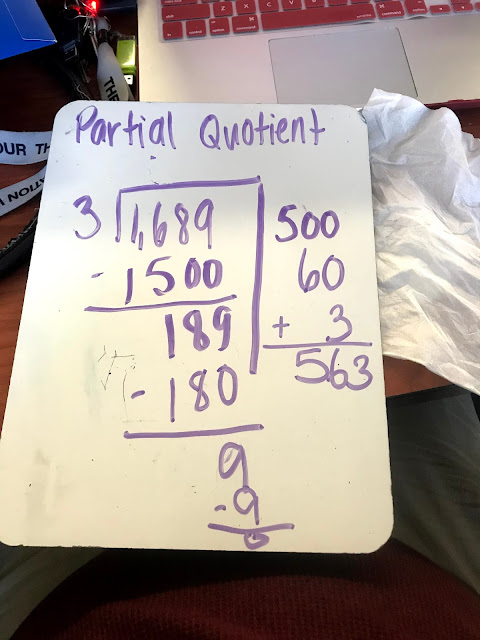This week I did a lesson on rounding that I saw the my third and fourth grade students still had difficulty with. I have tried many strategies and sayings to help them understand what happens when we round. Within searching for a better way to explain rounding to my students, I came across a cool center activity on Games4gains.com
The materials needed for this activity is:
- Roll It! Rounding Game Boards (see below)
- Dice (the number of dice needed depends on the game level being used)
- Rounding Numbers to the Nearest Ten = 3 dice
- Rounding Numbers to the Nearest Thousand = 5 dice
- Rounding Numbers to the Nearest Hundredth = 3 dice
- Cup for holding the dice
- Small counters or beads
- Personally, I use the cheap "glass" beads that you can buy at the Dollar Store.
1. Download the Roll It! Rounding Game Boards: https://cdn.shopify.com/s/files/1/0955/2452/files/Roll_It_Rounding_Game.pdf?15451005149111052132
Choose the game board that's best for your class!
2. Determine which level you'd like your students to play. Each page in the download is a different level. There are two of the same game board on each page.
3. Print the game board page. You'll need one game board (1/2 page) for each 2-player game. I recommend that you laminate the game board so that you can use it over and over again.
4. Grab the correct number of dice for the level your students will play (see "Materials needed" above).
5. Grab some small counters for each player. Each player needs a different color.
Playing the game:
Object of the game: To be the first player to make a line of four in a row (horizontally, vertically, or diagonally) on the game board.
Number of players: 2
1. To decide who goes first, each player rolls one of the dice. The player with the highest roll goes first.
2. On your turn, roll all of the dice. I like to have my students roll the dice into a small plastic container so that the dice don't roll onto the floor.
3. Use all of the dice that you just rolled to create a number. You may place the dice in any order to create the number. For example, if you rolled 4, 1, and 6, you may create 416, 461, 146, 164, 614, or 641.
- If playing "Rounding Numbers to the Nearest Ten," you'll create a 3-digit number.
- If playing "Rounding Numbers to the Nearest Thousand," you'll create a 5-digit number.
- If playing "Rounding Numbers to the Nearest Hundredth," you'll create a 3-digit decimal by placing a decimal point in front of all 3 digits (i.e. no whole numbers).
4. Depending on the game that you are playing, round the number that you created to the nearest ten/thousand/hundredth. Then, place one of your counters on top of that number on the game board. If your opponent's counter is already on that number, you may not place your counter on the game board.
Some examples:
5. Players continue taking turns until one player creates a line of 4 in a row of his/her own counters on the game board.




































